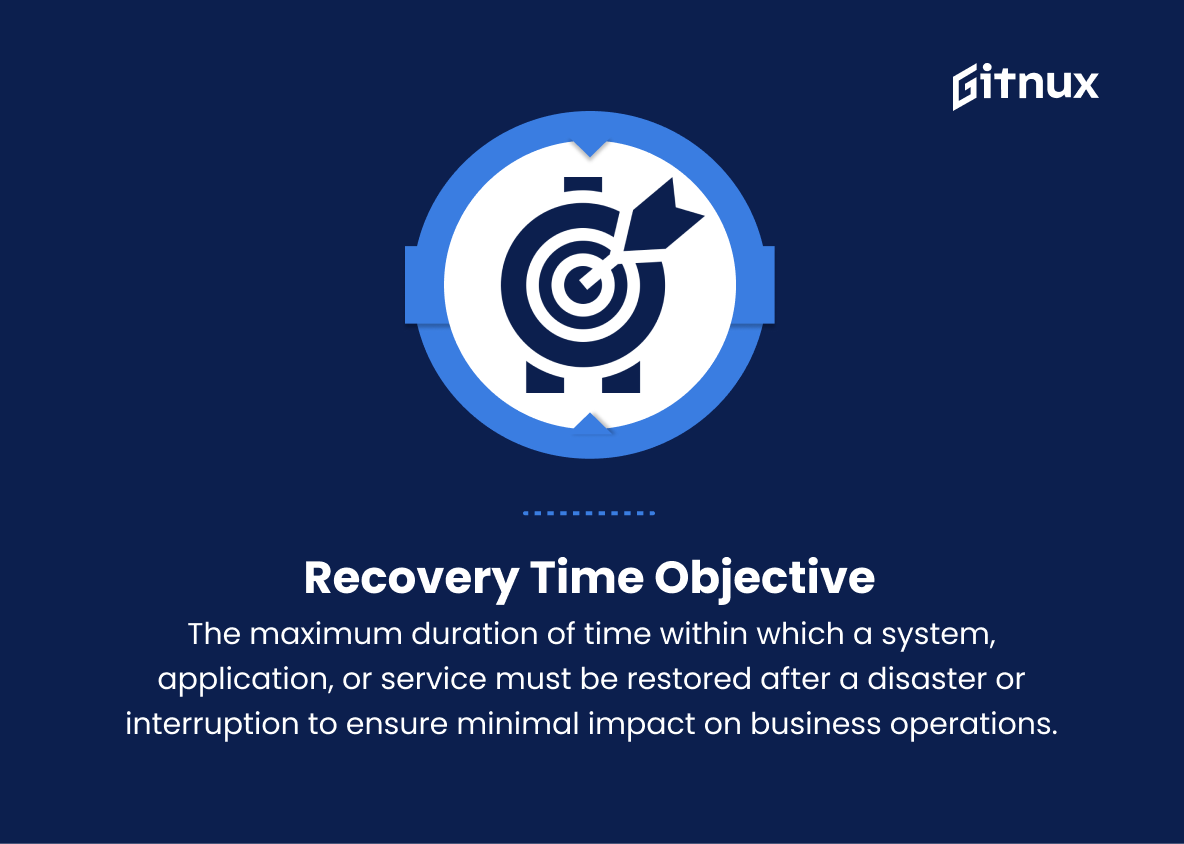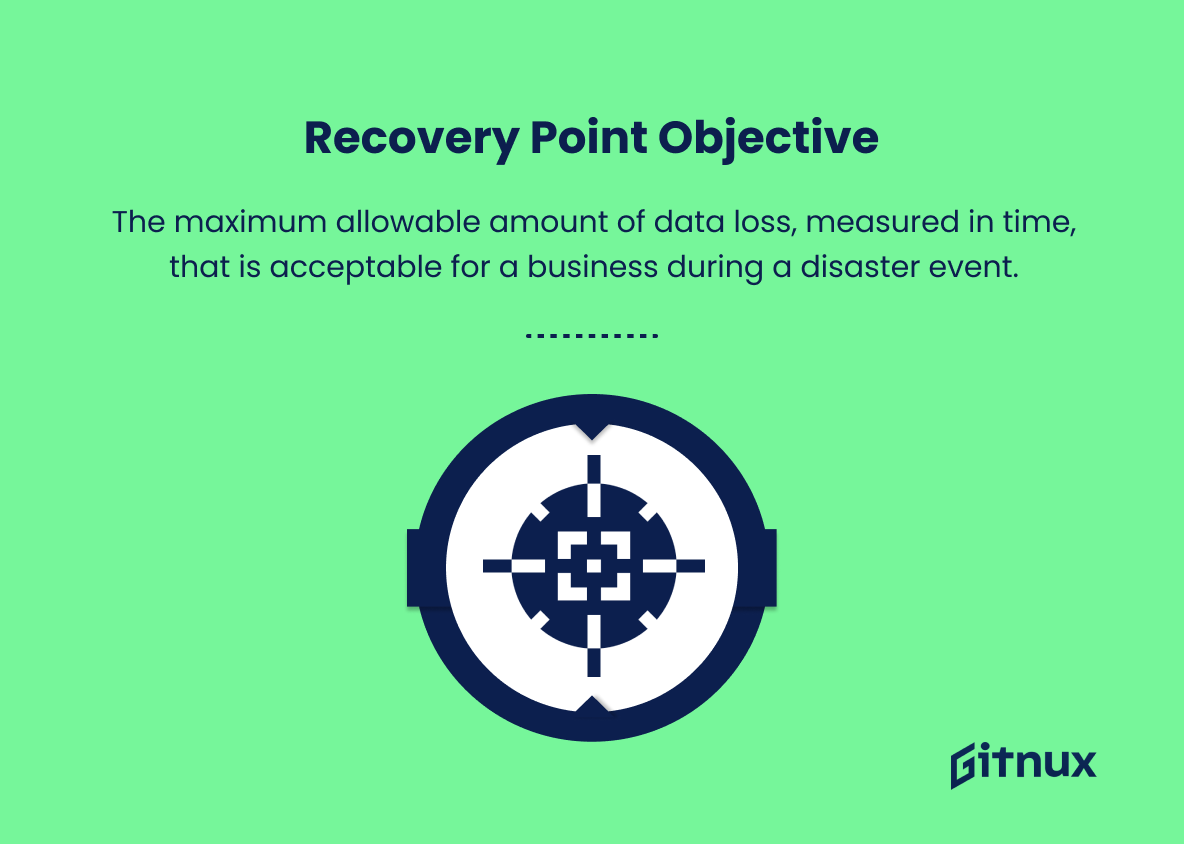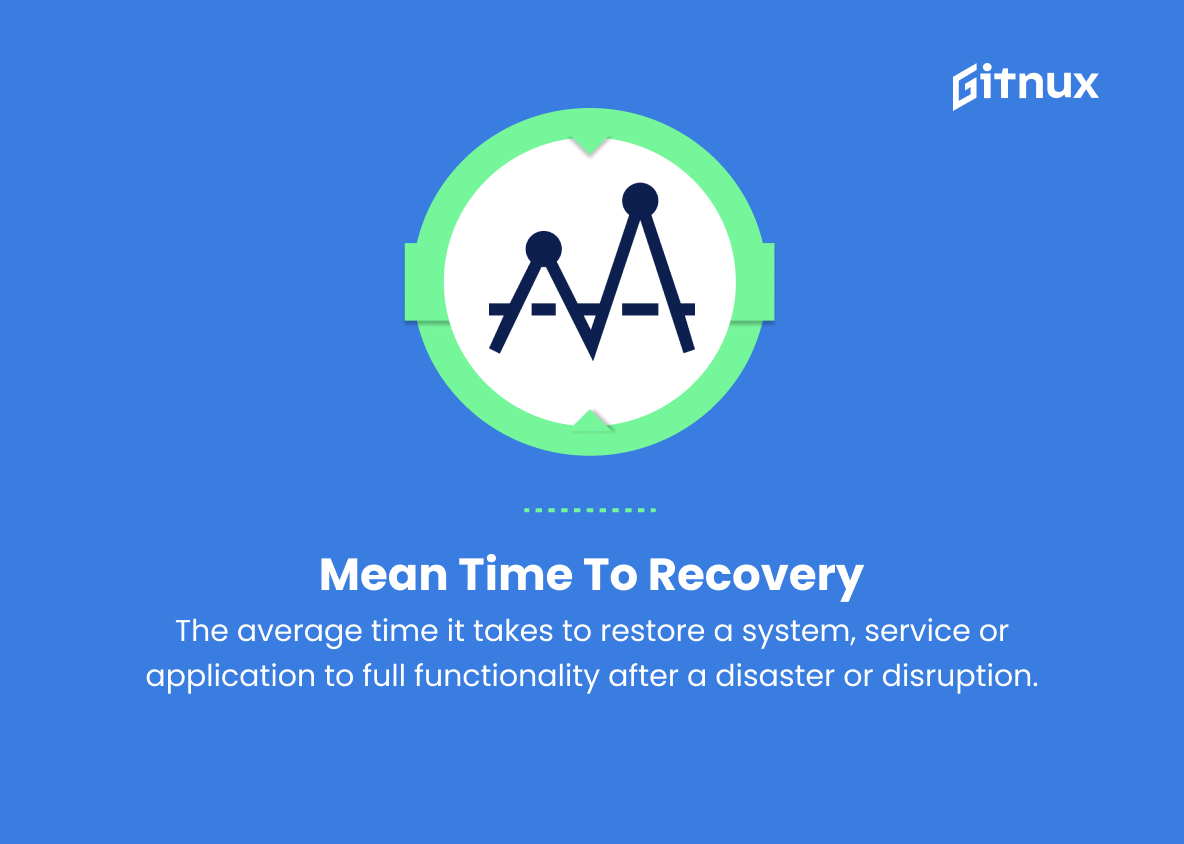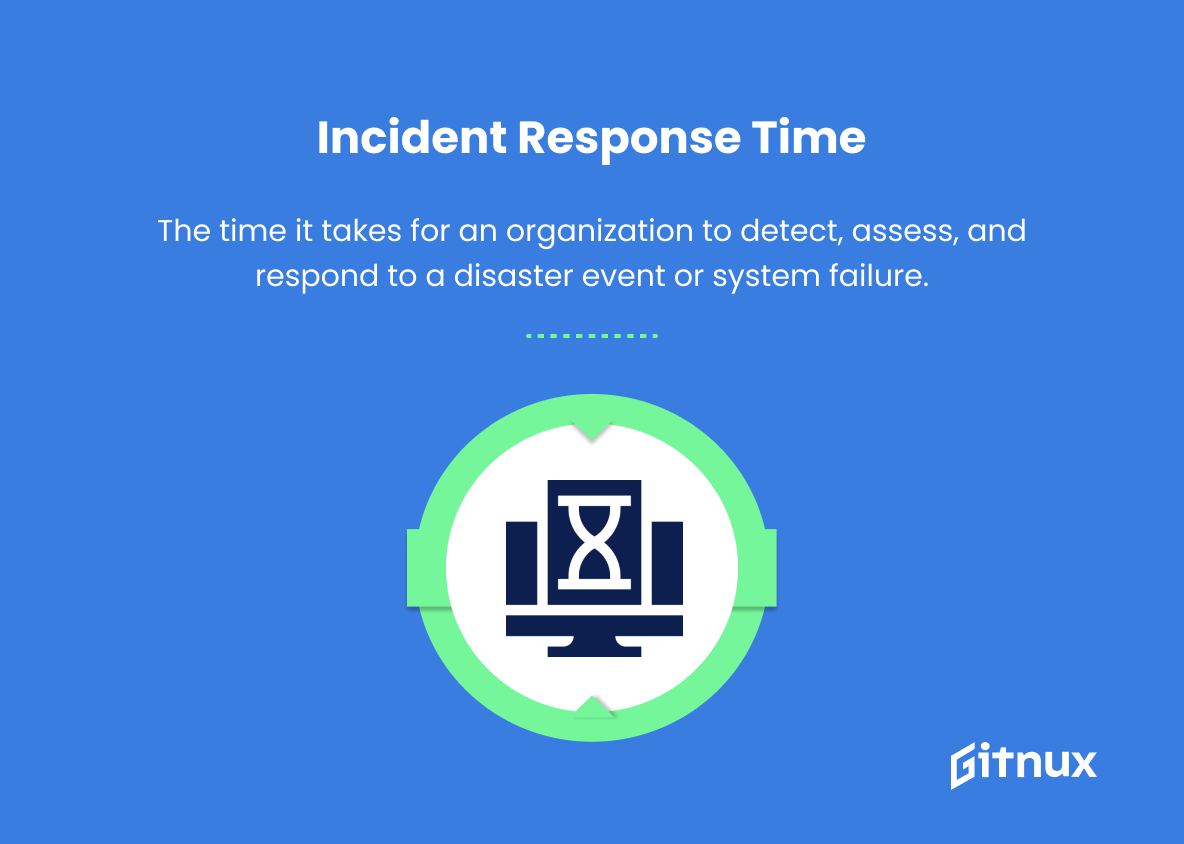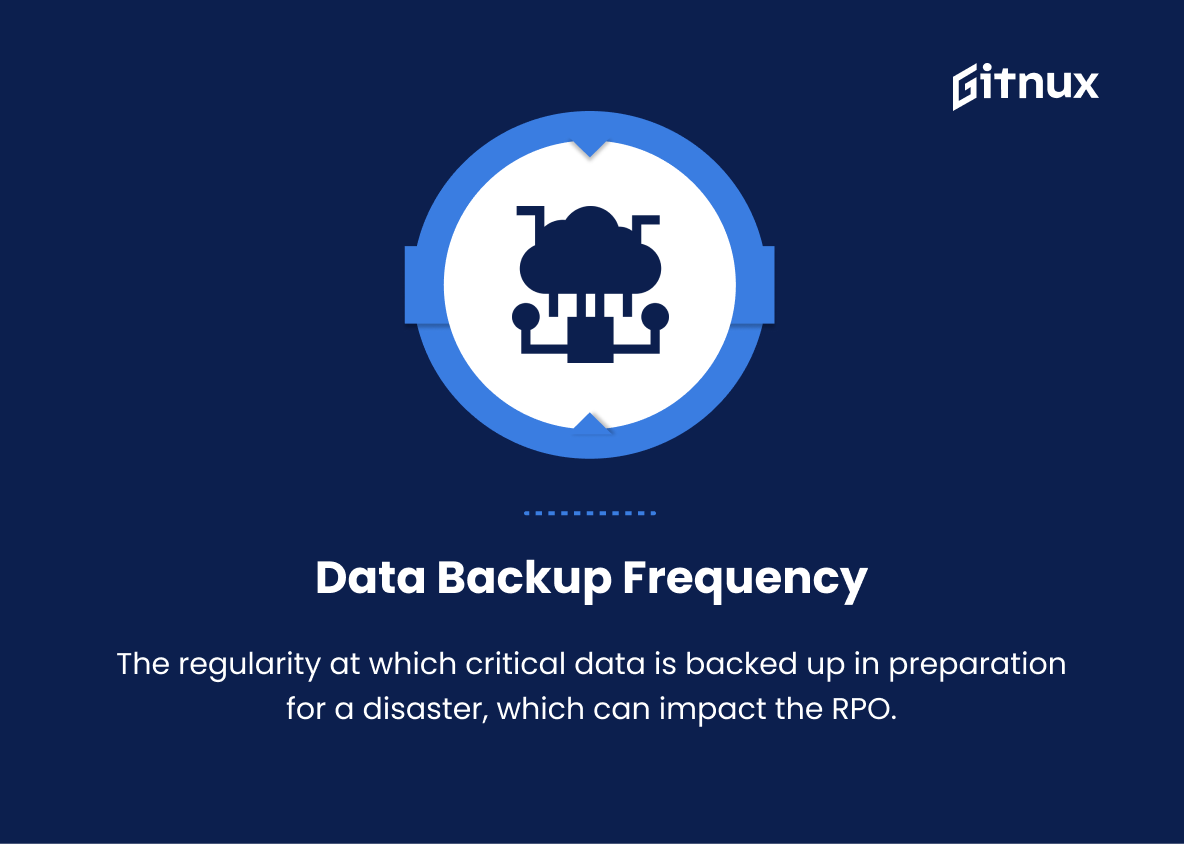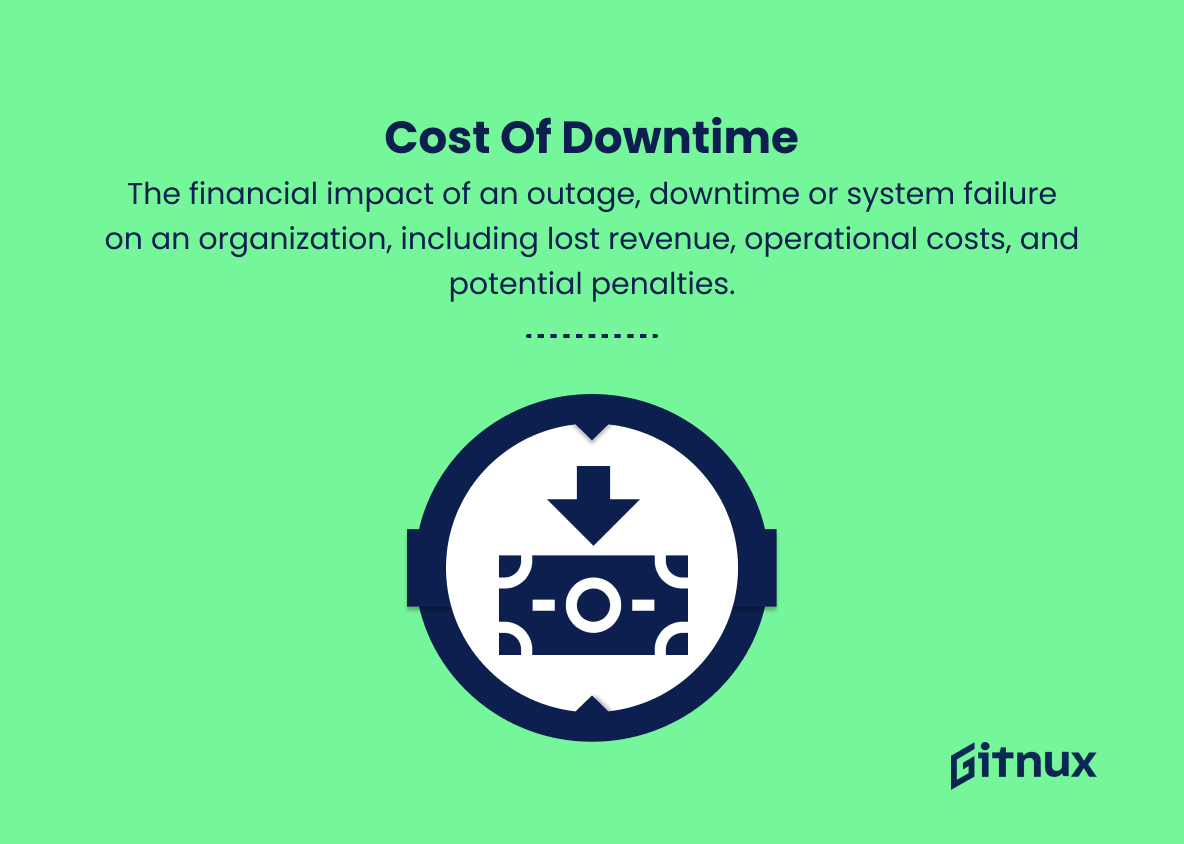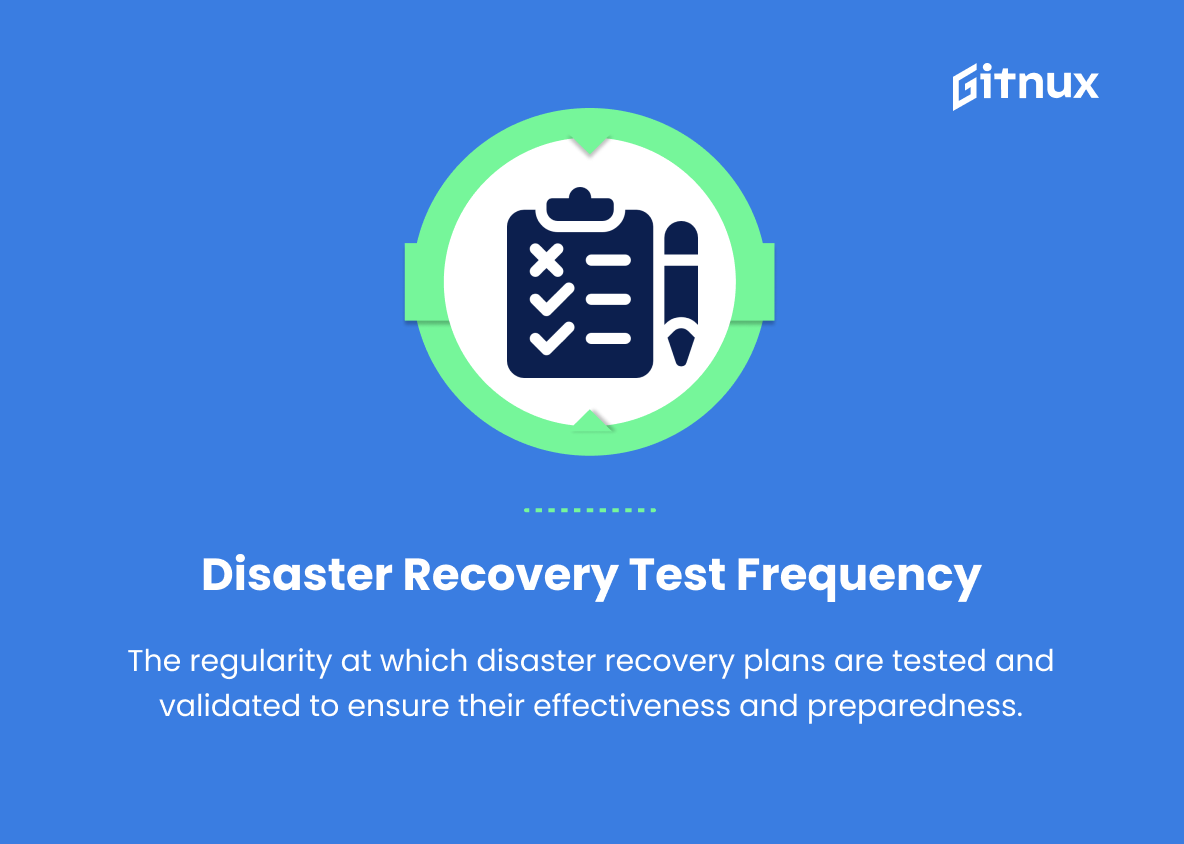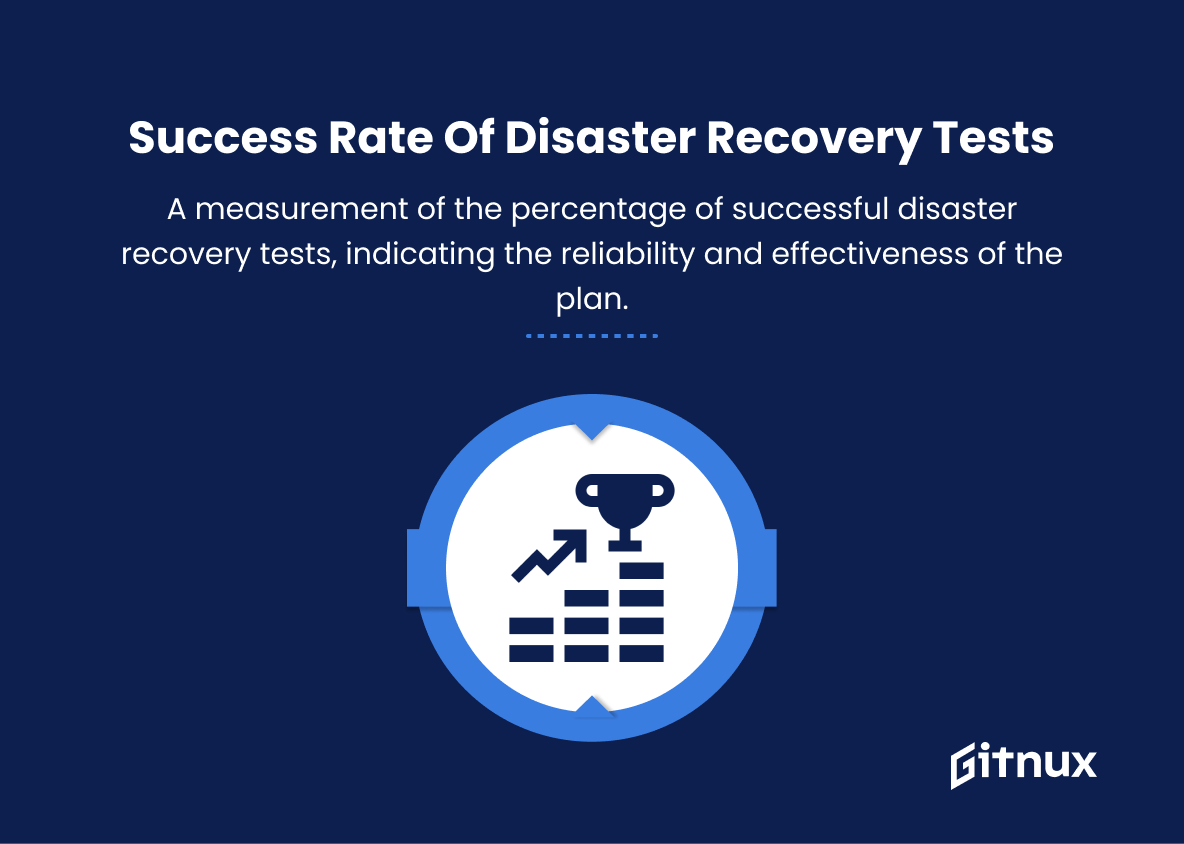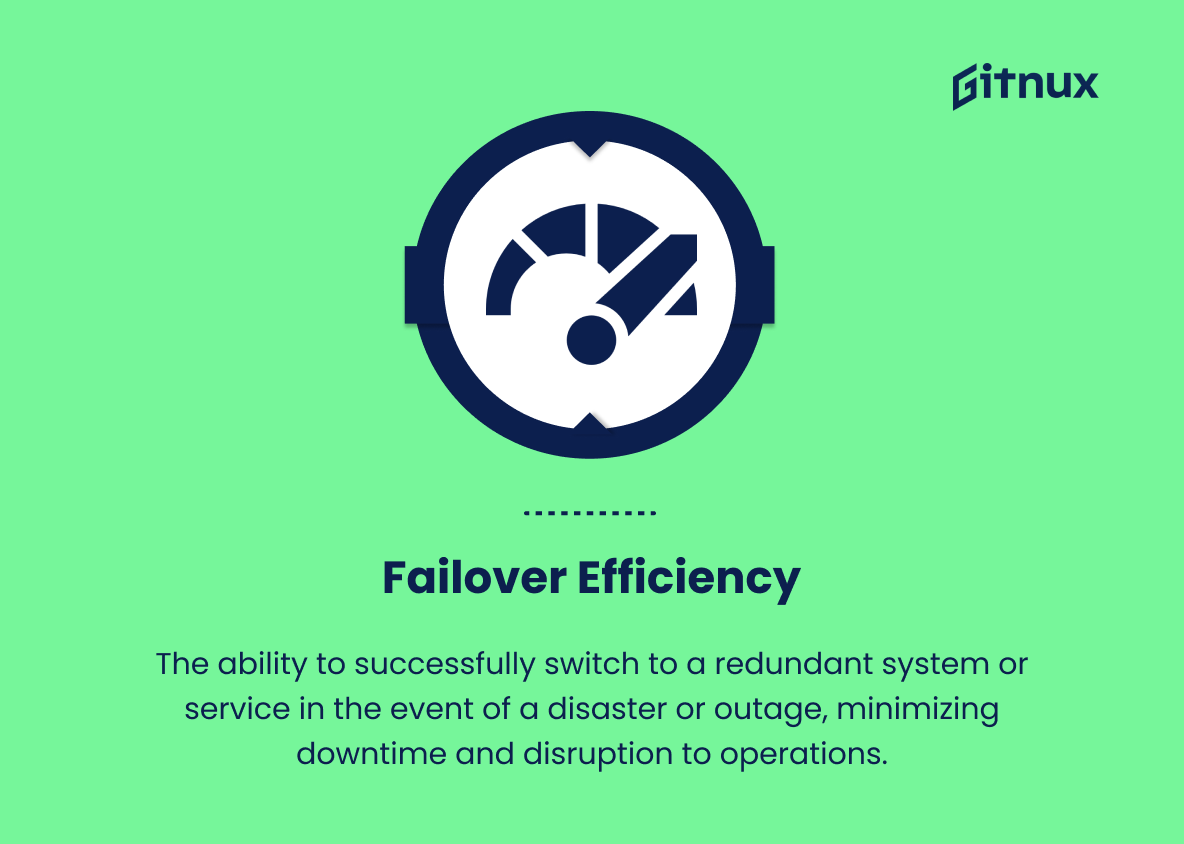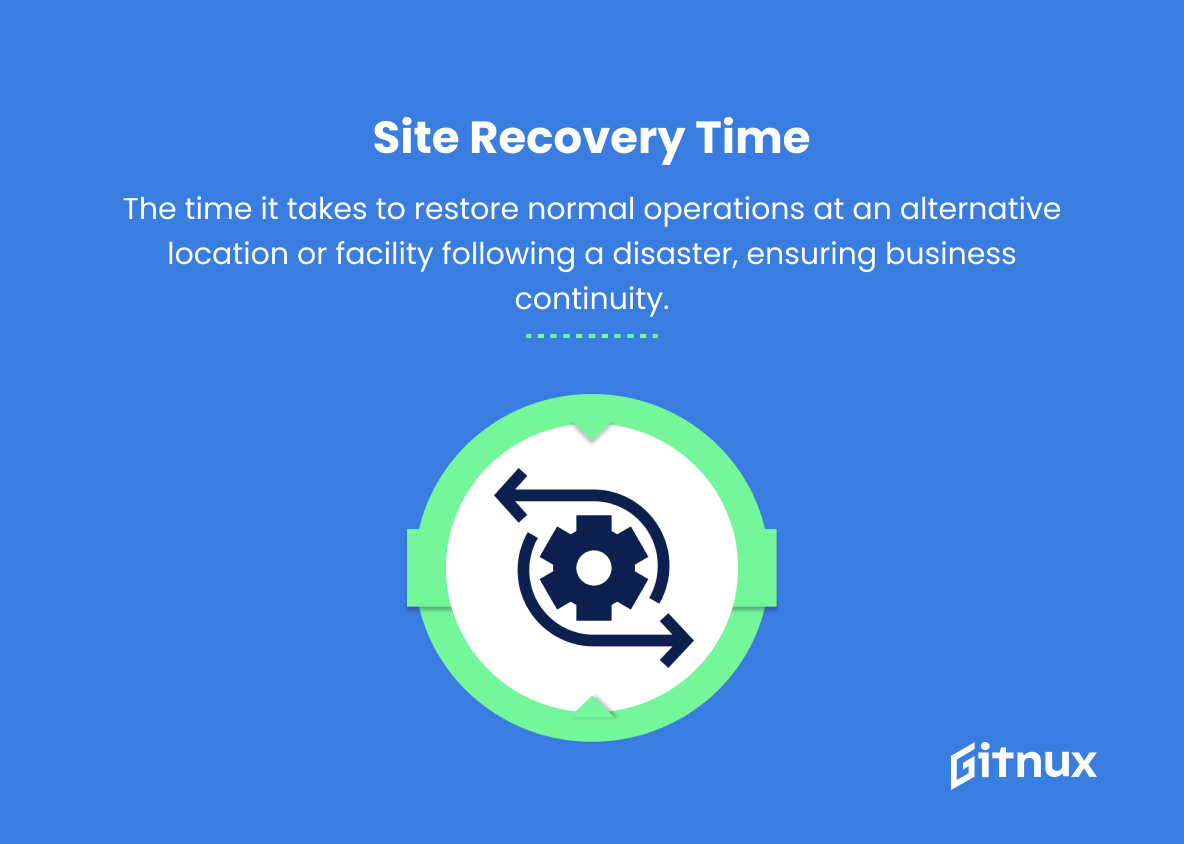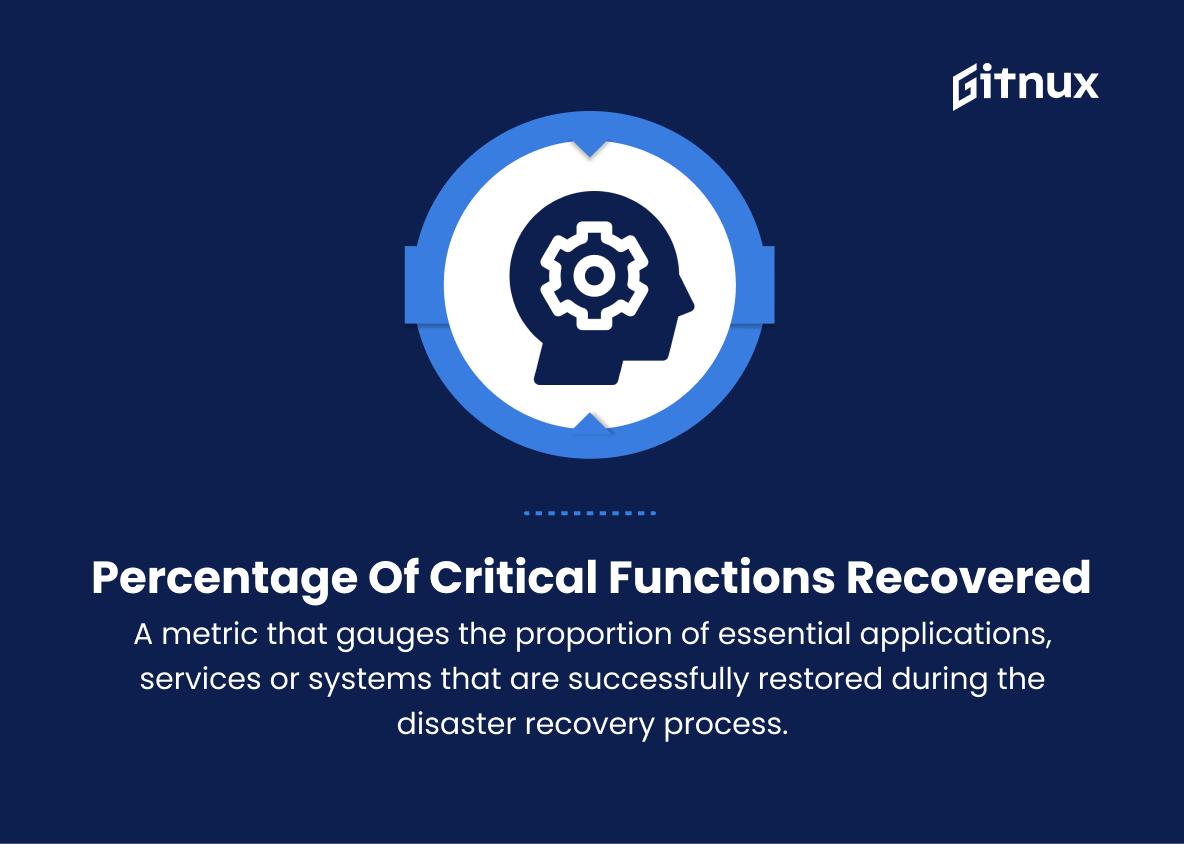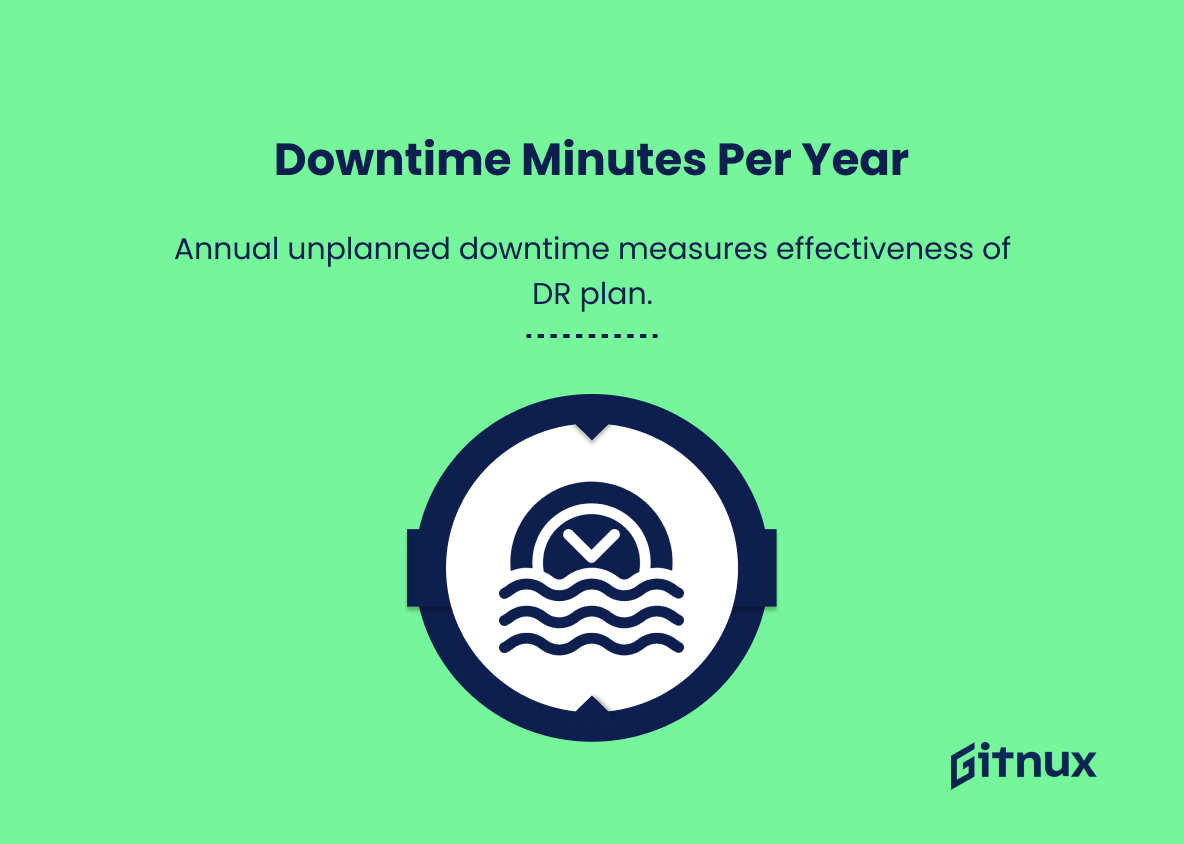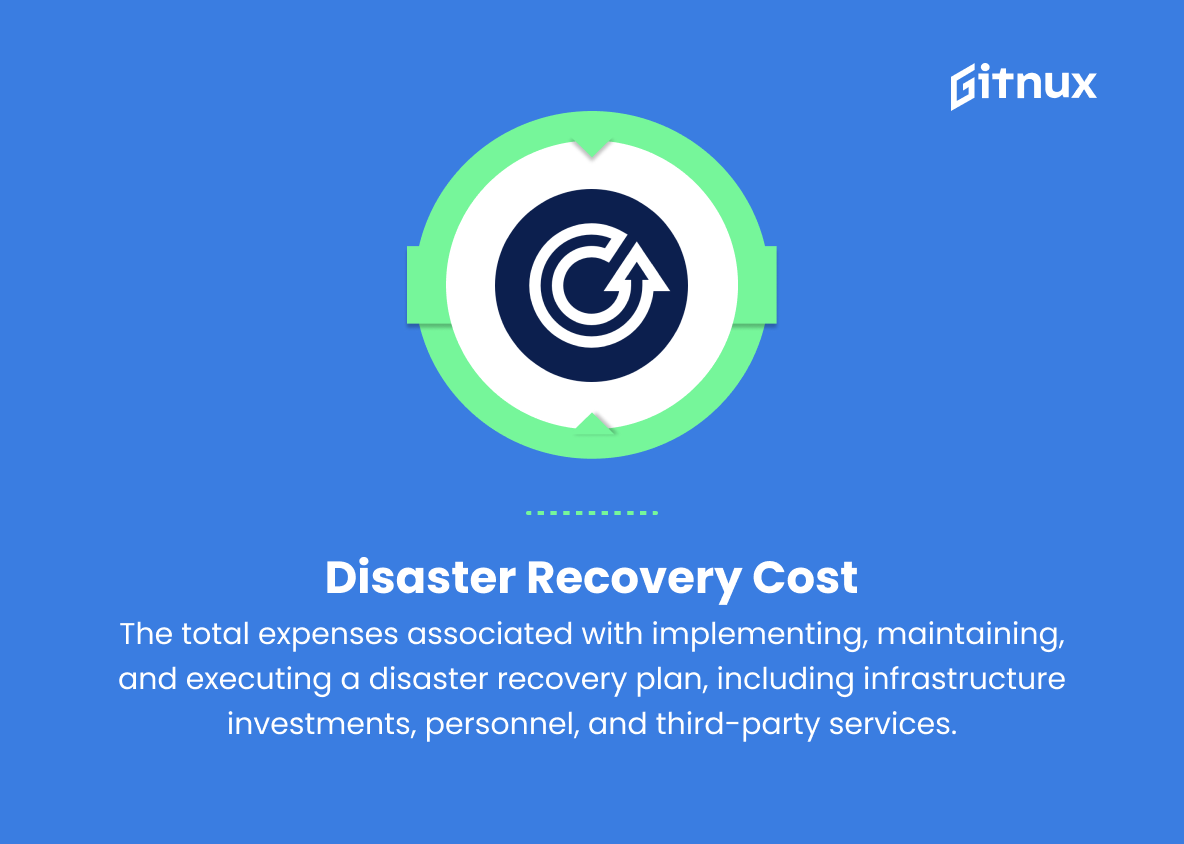In the digital landscape, businesses must prepare for potential disasters. Disaster Recovery Metrics are crucial for successful recovery. Our blog post explores these metrics and how to build contingency plans to mitigate risk and reduce downtime. Let’s protect your business from unpredictable calamities.
Disaster Recovery Metrics You Should Know
1. Recovery Time Objective (RTO)
The maximum duration of time within which a system, application, or service must be restored after a disaster or interruption to ensure minimal impact on business operations.
2. Recovery Point Objective (RPO)
The maximum allowable amount of data loss, measured in time, that is acceptable for a business during a disaster event.
3. Mean Time to Recovery (MTTR)
The average time it takes to restore a system, service or application to full functionality after a disaster or disruption.
4. Service Level Agreement (SLA)
A contractual agreement between a service provider and its customer, specifying the expected level of service, response time, and restoration targets for systems or applications during a disaster.
5. Tier Level Recovery
A classification system that ranks applications, systems or processes based on their importance to the organization, with higher tiers requiring more stringent recovery objectives.
6. Incident Response Time
The time it takes for an organization to detect, assess, and respond to a disaster event or system failure.
7. Data Backup Frequency
The regularity at which critical data is backed up in preparation for a disaster, which can impact the RPO.
8. Cost of Downtime
The financial impact of an outage, downtime or system failure on an organization, including lost revenue, operational costs, and potential penalties.
9. Disaster Recovery Test Frequency
The regularity at which disaster recovery plans are tested and validated to ensure their effectiveness and preparedness.
10. Success Rate of Disaster Recovery Tests
A measurement of the percentage of successful disaster recovery tests, indicating the reliability and effectiveness of the plan.
11. Failover Efficiency
The ability to successfully switch to a redundant system or service in the event of a disaster or outage, minimizing downtime and disruption to operations.
12. Site Recovery Time
The time it takes to restore normal operations at an alternative location or facility following a disaster, ensuring business continuity.
13. Percentage of Critical Functions Recovered
A metric that gauges the proportion of essential applications, services or systems that are successfully restored during the disaster recovery process.
14. Downtime Minutes per Year
Total minutes of unplanned system downtime experienced by an organization in a given year. This can be used to benchmark the effectiveness of the disaster recovery plan and track improvements over time.
15. Disaster Recovery Cost
The total expenses associated with implementing, maintaining, and executing a disaster recovery plan, including infrastructure investments, personnel, and third-party services.
Disaster Recovery Metrics Explained
Disaster recovery metrics are crucial for resilience, defining downtime and data loss, restoration speed and priority, and disaster detection. Cost and test evaluation optimize preparedness, and failover efficiency minimizes downtime. Recovery time and cost metrics provide a comprehensive understanding of the process.
Conclusion
Disaster recovery metrics are crucial for effective disaster recovery plans. They help organizations minimize risks, optimize recovery time, and improve business resilience. Continual monitoring and refinement of these metrics enable organizations to adapt to changing circumstances and stay ahead of potential disasters. With the right planning and measurable outcomes, businesses can confidently navigate an uncertain future while safeguarding their data and operations.
